When it comes to understanding the differences between all of the different types of computer cables out there, things can get a bit confusing. Unless you are used to working with computers, chances are the average computer user wouldn’t know the difference between an IDE or an SATA, thanks to all of the confusing acronyms used in reference to computer plugs and cables.
Why Is It All So Confusing?
Most of the confusion lies in the common use of abbreviations. It is just taken for granted that the user knows what the manufacturer is referring to, which is not always the case. Because of this, it is up to the consumer to learn about and understand the difference between the different types of computer cables before they make a decision to purchase one.
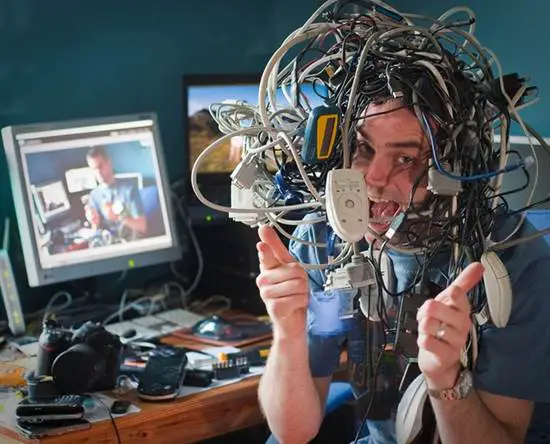
Where Can I Find A Resource To Explain The Differences To Me?
It can be difficult to locate a single, understandable source for information that gives consumers the basic information about the highlights and differences between all of these various types of cables. This article will provide consumers with a handy overview of different types of computer cables that you will most commonly encounter when dealing with computers.
Let’s Begin With The VGA (Video Graphics Array)
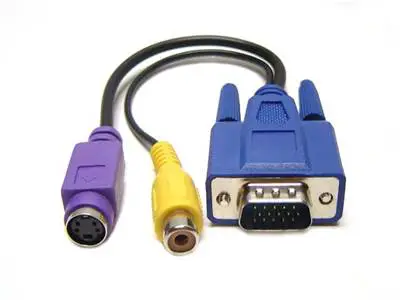 [Image credit: muradahmed18, Flickr]
[Image credit: muradahmed18, Flickr]
This cable is commonly used for purposes of connecting the computer and monitor together. Even though the popularity of the VGA has declined since the increase in the use of digital connections, almost all video cards or anything that displays images still provide a port for the VGA cable connection. This cable has a distinct 15 pins, with 5 pins per row, and three rows. Every row corresponds with the different colors that are used in visual display such as green, blue, and red.
[Read also: How to Setup Dual Monitors]
Now Let’s Talk to Digital Visual Interface, or DVI
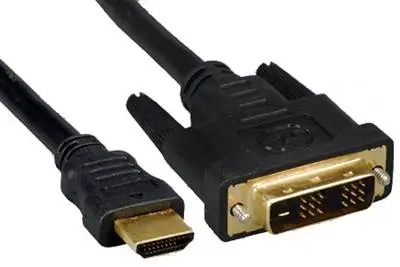 [Image credit: muradahmed18, Flickr]
[Image credit: muradahmed18, Flickr]
The DVI-A can still transmit analog signals making it compatible for use with VGA. DVI-D transmits newer types of digital signals, and DVI-I reads digital and analog signals. Some uses of the DVI cable may require DVI to VGA or an VGA to DVI converter cable in order to work correctly.
Moving On To The HDMI (High Definition Multimedia Interface)
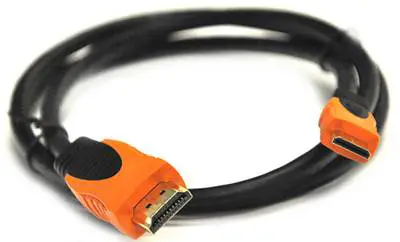 [Image credit: connectzone, Flickr]
[Image credit: connectzone, Flickr]
The HDMI cable is only compatible with newer devices that transmit high definition broadcasts. The HDMI cable is available in 4 types, Types A, B, C, and D. Type A is the most widely used and has 19 pins on the male end and works with single link DVI-D connectors. Type B is larger in size and has 29 pins and is compatible with DVI-D connections with dual links. Type C is also 19 pins and is commonly used with portable electronic products. Type D also has 19 pins but differs in looks from other types, more like micro USB cord.
[Read also: How to Stream Video from Your Computer to Your HDTV]
Speaking Of USB (Universal Serial Bus)
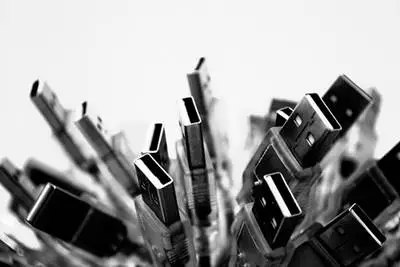 [Image credit: SKiAt, Flickr]
[Image credit: SKiAt, Flickr]
Found on everything from flash drives to headsets, to keyboards and mouse, the USB is a very popular cable for connecting to computers. These cords are various shapes and sizes. The USB 1.0 transmits data at up to 12 Mbps. USB 2.0 transmits at up to 480 Mbps and works with older versions of USB drives. USB 3.0 transmits at up to 4.8 Gbps and works with earlier USB models. Mini and Micro types of USB cords and usually used for smaller electronics such as phones and cameras.
[Read also: What To Do When You Don’t Have Enough USB Ports?]
The Integrated Drive Electronics, or IDE
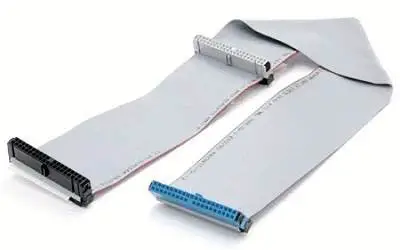 [Image credit: thejud, Flickr]
[Image credit: thejud, Flickr]
These cables are wide cables that resemble a ribbon and have more than two plugs. IDE cables are used to connect the motherboards to outside storage devices. They have 40 pins, with the smaller version having 44 pins.
The SATA (Serial Advanced Technology Attachment)
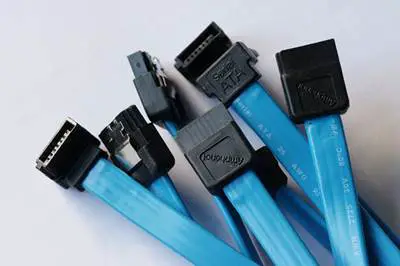 [Image credit: smalla, Flickr]
[Image credit: smalla, Flickr]
SATA ports are preferred over IDE in newer hard drive models. These cables have 8 pins each on two different connectors.
The eSATA(External Serial Advanced Technology Attachment)
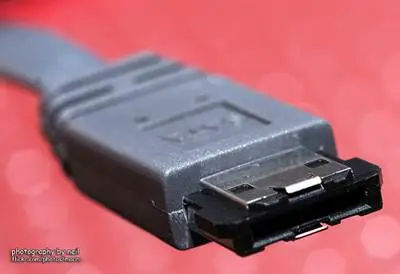 [Image credit: PxlGeek, Flickr]
[Image credit: PxlGeek, Flickr]
The eSATA is the improved version of the SATA cable and allows devices such as optical drives and external hard drives to be connected.
What Is A FireWire?
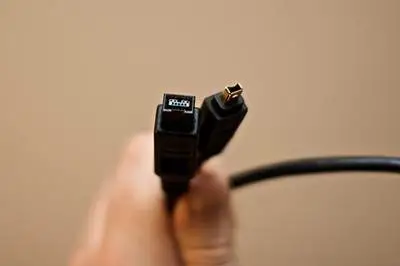 [Image credit: Jeezny, Flickr]
[Image credit: Jeezny, Flickr]
Not as common as USB , but yet serves a similar purpose. These cables are good for connecting printers and scanners. There are two types of FireWire cables, the 1394a that transfers at rates of 400 Mbps. The 1394b model transfers at 800 Mbps.
What Is An Ethernet Cable?
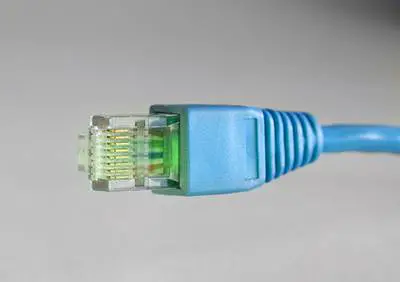 [Image credit: Digital Stream Ltd, Flickr]
[Image credit: Digital Stream Ltd, Flickr]
These cables are used in the set up of LAN or local area networks to connect devices such as routers and modems to a computer. They come in three types, the Cat 5, Cat 5e, and Cat 6. Each higher number transfers data at faster speeds than the model before it.
[Read also: How to Organize PC Cables to De-Clutter]
Conclusion
This is a brief overview of most of the common computer cables that everyday computer users will encounter. Hopefully, this gives a better understanding of various cable types and function they perform.

I don’t know what they are all called anymore. I used to keep up with those kind of things a few years back more than I do now. It is becoming difficult trying to figure out which cord goes with what device. I lose my digital camera cable all the time, and honestly I don’t even know if that one has a name. If it does I don’t know what it is.
I’m sure many don’t know or even don’t care about what’s the name of these cables anymore. Even more so with the popularity of wireless technology, who cares right? 🙂
very nice Peter!
This surely a good reference for starting IT enthusiast. 🙂
Thanks a lot.
Welcome!
All the power cables are looking pretty awesome. However I am seeking the details of types of VGA Power Cables.